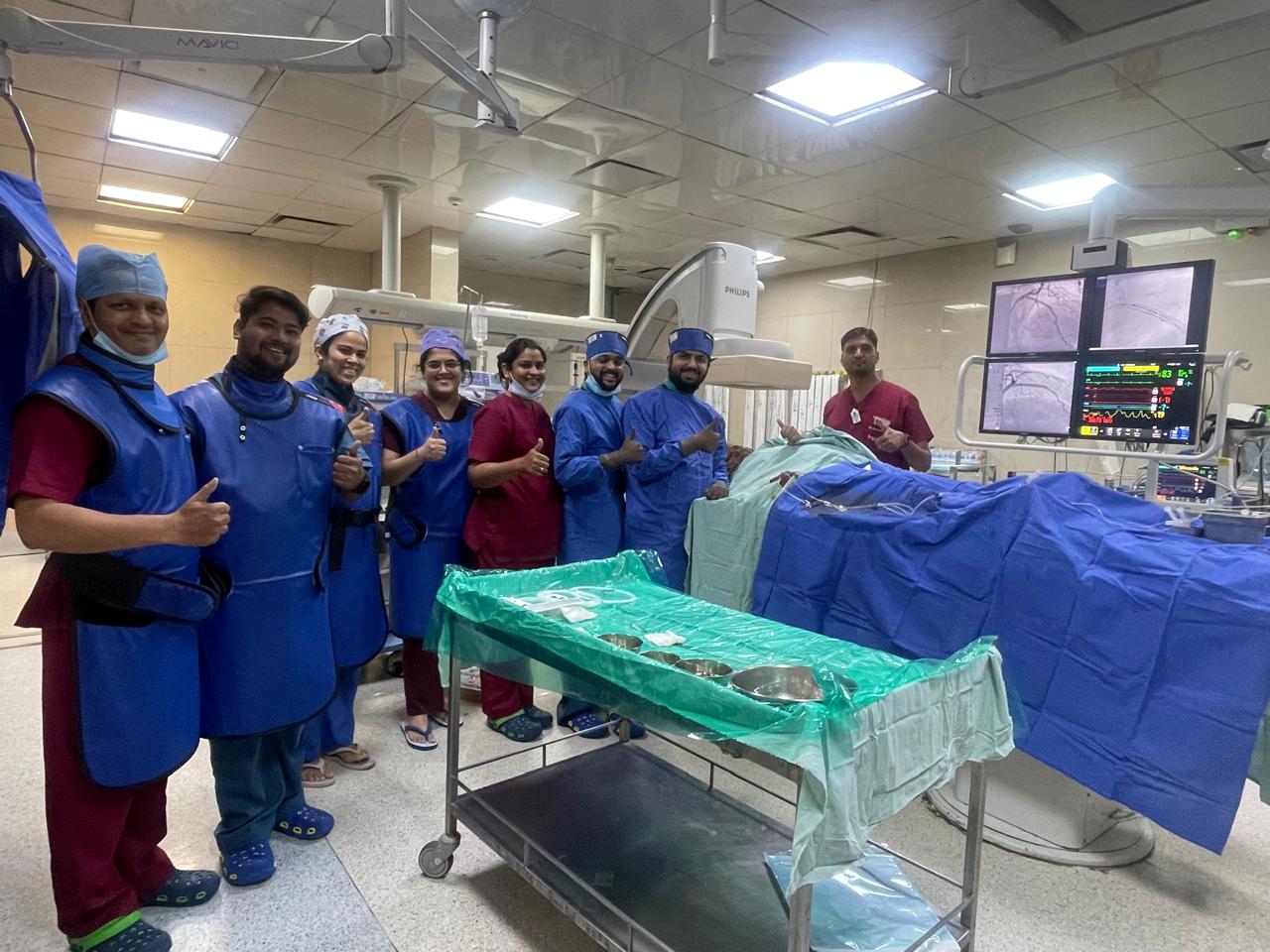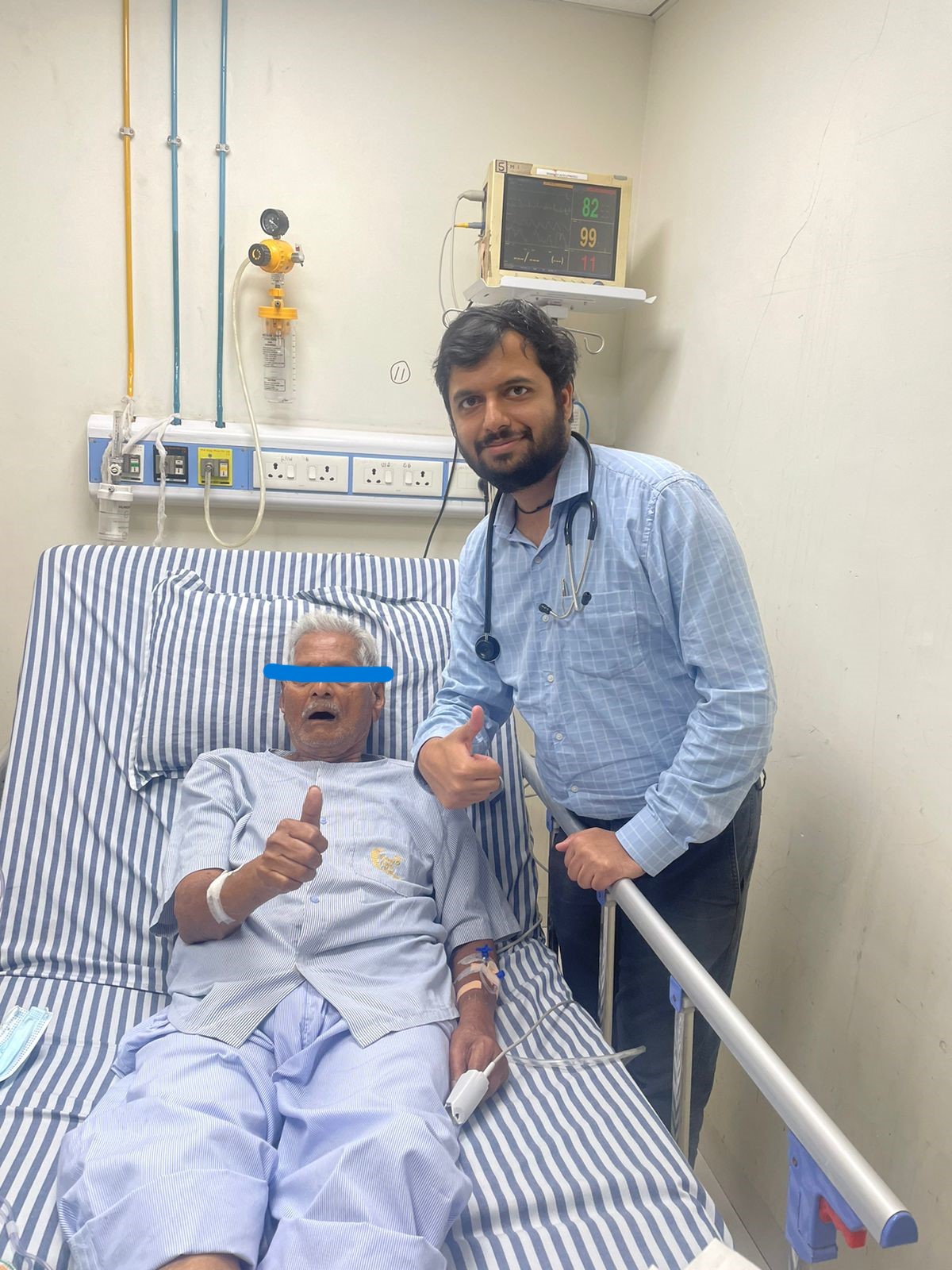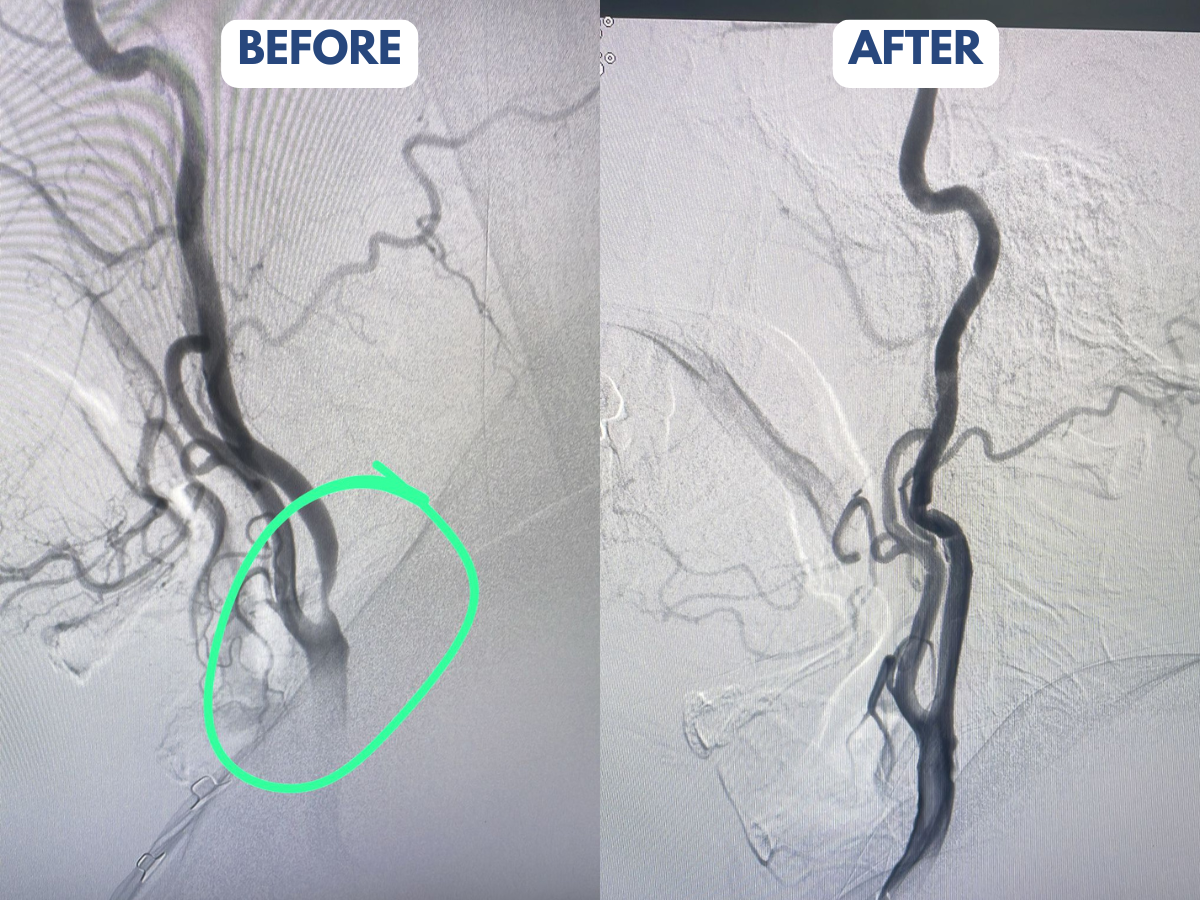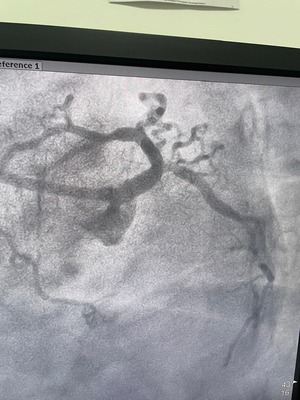- Ruby Hall Clinic, near Wanowrie, Pune, Maharashtra
- Mon - Fri: 9:00 am - 4:00 pm
Lorem ipsum dolor sit amet, consectet eiusmod tempor incididunt ut labore e rem ipsum dolor sit amet. sum dolor sit amet, consectet eiusmod.
Visiting Hours
| Mon - Fri: | 8:00 am - 8:00 pm |
| Saturday: | 9:00 am - 6:00 pm |
| Sunday: | 9:00 am - 6:00 pm |
Gallery Posts






Success Stories

Angioplasty Now Possible Through Your Thumb
I am delighted to share a significant milestone in our journey towards advancing cardiac care and optimizing patient outcomes. At Ruby Hall Clinic, Wanowrie, we recently performed the first distal trans-radial angioplasty through a unique approach – accessing the artery via the anatomical snuff box near the thumb. This innovative technique has opened new doors for delivering coronary interventions with unparalleled patient comfort and minimal invasiveness

Overcoming Unstable Angina at Age 90
Age may bring its own set of challenges, but it certainly doesn’t dictate the limits of recovery or diminish the possibility of a good quality of life. When this 90-year-old patient first walked into my clinic, he came with understandable concerns.
The chest pain he had been experiencing was not only limiting his daily activities but also causing significant anxiety for him and his family. After all, experiencing unstable angina at such an advanced age is no small matter.
The ECG results pointed towards a Left Main Coronary Artery (LMCA) involvement—a critical area...

Carotid Intervention: Preventing Stroke Recurrence in a 61-Year-Old Gentleman
As a cardiologist dedicated to providing comprehensive heart and vascular care, I recently had the opportunity to perform a critical procedure on a 61-year-old gentleman who had previously suffered a stroke.
His recovery was promising, but the risk of a recurrent stroke loomed due to significant blockages in his carotid artery. In an effort to prevent another potentially life-threatening event, we opted for an elective carotid angioplasty.
The procedure was a crucial step in ensuring his health and avoiding a future stroke.
Here’s a closer look at the importance of carotid interventions...

Total Trouble!
A 51-year-old gentleman has been a known case of chronic pancreatitis with diabetes mellitus for the past 11 years. The patient had chest pain 3–4 months ago when I met him, for which he had sought treatment in a peripheral hospital.
An angiogram was done in view of a heart attack, which showed one vessel that was totally occluded as is in a heart attack. However, as a result of the patient having long-standing pancreatitis, the blockage that had developed was calcified, and an angioplasty was attempted in a peripheral hospital, which was not successful...

The Unusual Suspect.
This is a case that I will probably remember throughout my practice. It is special because it is actually a theory coming to reality. It is the case of a 39-year-old female, overweight, who was being treated by her family physician in view of hypertension. Hypertension at such a young age is unusual, and the patient was already on 3 medications to control her blood pressure. The patient reported having fatigue and chest pain on exertion for a very long time (approximately 2 years). She had visited multiple hospitals in the past 2 years but was sent back home, and her symptoms were trivialized.
The patient started limiting her activity and was confined most of the time to her house, apart from going to her office for work...


